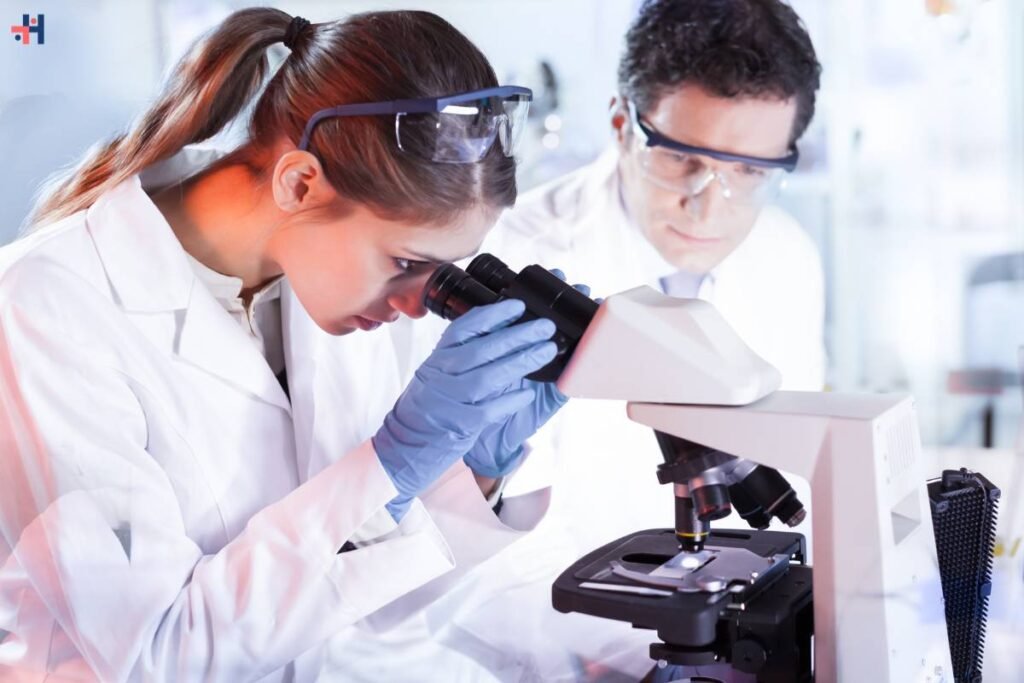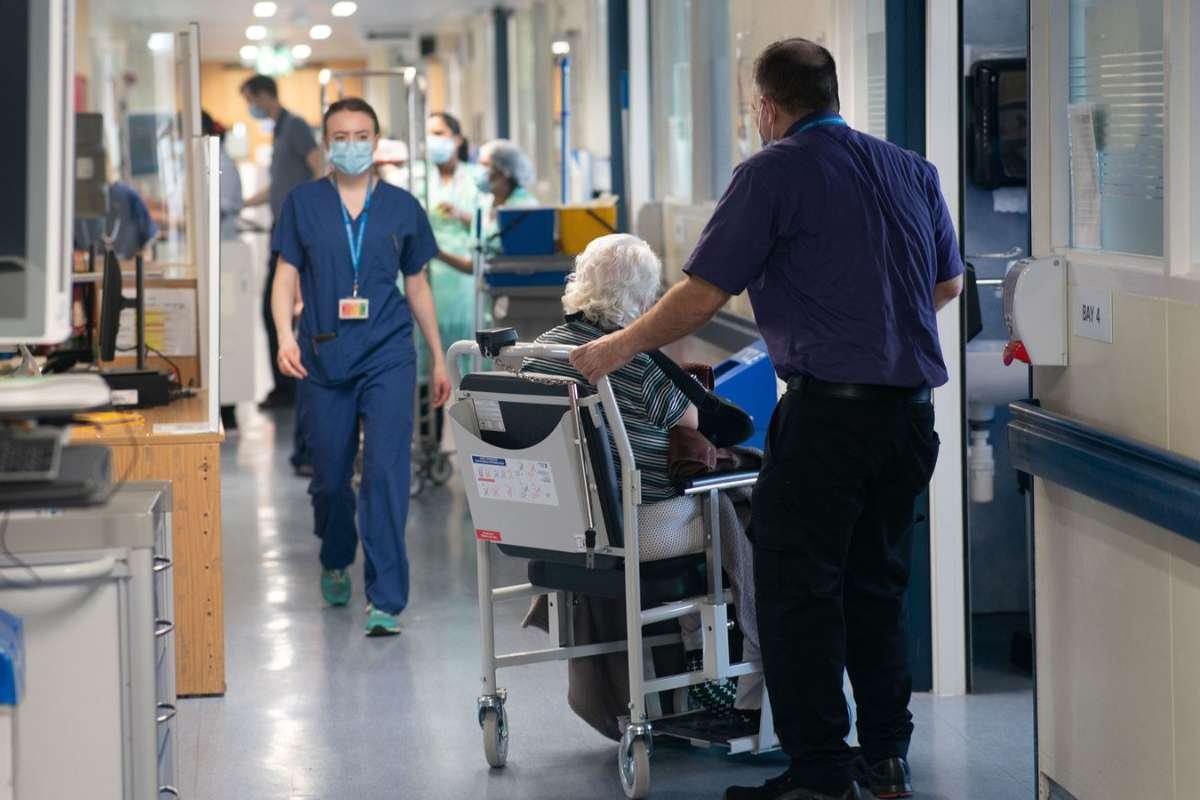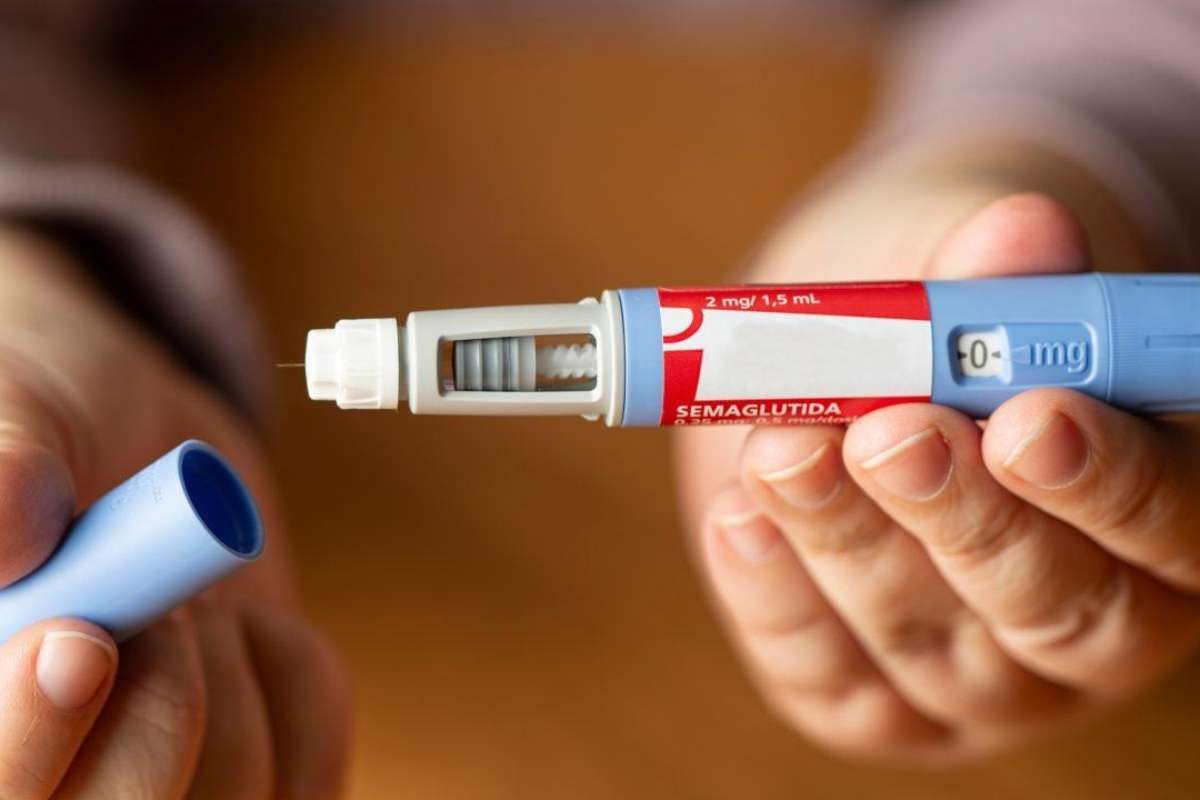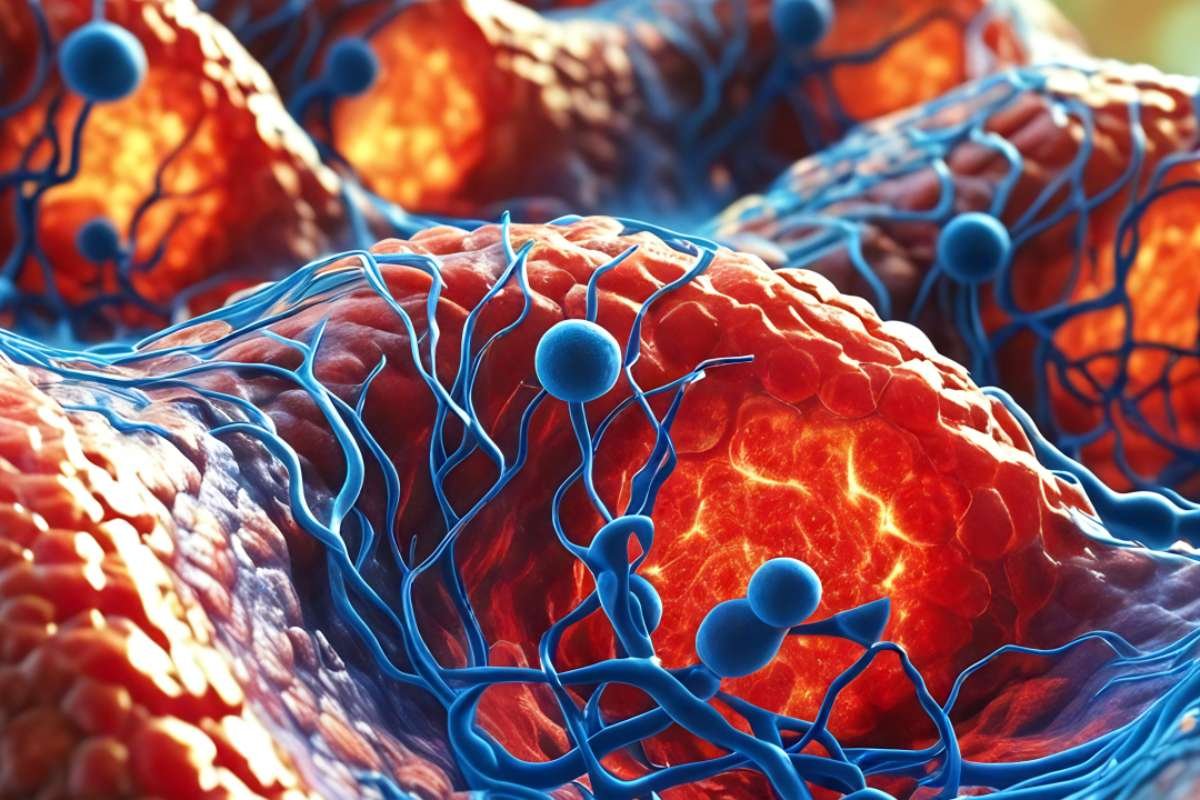In a quest to break free from the constraints of Earth, a team of California scientists has embarked on an unconventional journey to space, partnering with astronauts to explore cancer research beyond our planet.
With progress against cancer advancing at a gradual pace on Earth, the research team, led by Dr. Catriona H.M. Jamieson, a hematologist and medical professor at the University of California San Diego, sought to leverage the unique conditions of space to accelerate their understanding of cancer growth and the impact of treatments.
Microgravity— Providing California scientists with an Opportunity to observe the Cancer Growth
The microgravity in space, characterized by the weak pull of gravity, places cells under immense stress, causing them to age more rapidly. This environment provides scientists with an opportunity to observe the progression of cancer growth and the effects of treatments at an accelerated rate compared to conditions on Earth.
On January 18, the Axiom 3 spaceflight, departing from the Kennedy Space Center in Cape Canaveral, Florida, carried four crew members and an unconventional payload—miniature tumor organoids derived from the cells of cancer patients. These organoids, grown in the lab by California scientists, were intended to be studied in the unique microgravity environment of the International Space Station.
Sending Stem Cells on Multiple SpaceX Flights
Although the Axiom 3 mission, aimed at splashdown on Saturday, faced delays due to weather, the potential discoveries it holds are groundbreaking. Previous experiments by Dr. Jamieson’s team involved sending stem cells on multiple SpaceX flights, revealing pre-leukemic changes unseen in control samples on Earth during the same timeframe.
Dr. Jamieson recounts the pivotal moment when the team considered sending cancer cells to space, wondering whether the stress of microgravity would exacerbate the condition. Their findings were affirmative: under conditions of stress caused by microgravity, cancer growth accelerated.
The key to this accelerated growth was identified as the activation of a cloning gene called ADAR1. Mini tumors sent to space exhibited a rapid tripling in size within just 10 days, a pace far exceeding that observed in ground-based controls. Further analysis revealed the unchecked proliferation of ADAR1 in the space tumors.
Building on this discovery, the team treated mini tumors with two anti-cancer medications—fedratinib and an experimental drug called rebecsinib—both targeting ADAR1 in different ways. Fedratinib, already FDA approved for blood cancers, showed promising results. However, the team’s focus turned to rebecsinib, which demonstrated even greater efficacy in inhibiting cancer growth.
The “Kill Switch” for Cancer
Rebecsinib operates by preventing ADAR1 from generating malignant proteins, potentially acting as a “kill switch” for cancer, according to Dr. Jamieson. The breast cancer mini tumors treated with rebecsinib in the Axiom 3 mission exhibited significant inhibition of cancer growth compared to controls.
Buoyed by these results, Dr. Jamieson’s team aims to fast-track rebecsinib into clinical trials on Earth by the end of the year. The researchers express a sense of responsibility to translate their findings into tangible clinical applications, driven by the collaborative efforts of California scientists, NASA, and European astronauts.
The promising results achieved in the unique microgravity environment of space provide a beacon of practical hope for the team, emphasizing the potential of this groundbreaking research to transform cancer treatment on Earth.
Also Read: Breakthroughs in Drug Discovery Technologies










